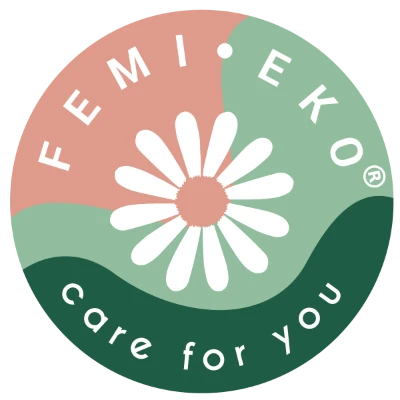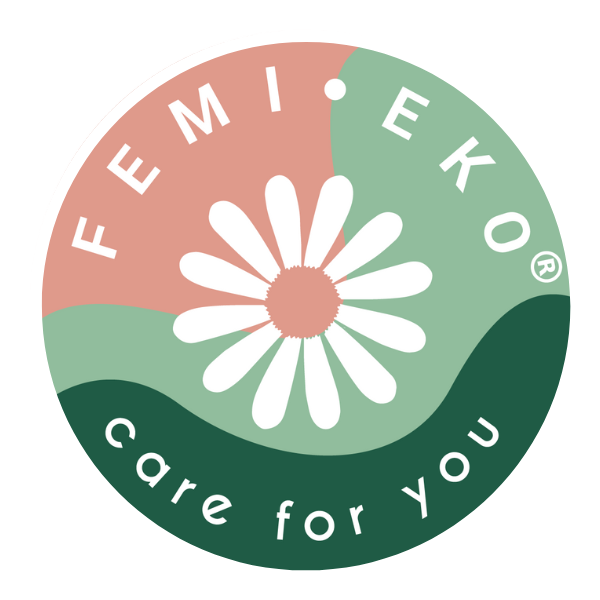Why have menstrual cups become so popular?
Menstrual cups are flexible, bell-shaped products that conform to the anatomy of the vagina. They are typically made of natural rubber, TPE, or – most commonly – medical-grade silicone.
In addition to their eco-friendly benefits, menstrual cups can hold more menstrual blood than pads or tampons, providing better protection and comfort. They can be worn while swimming, exercising, or doing other physical activities, and are perfect for those who want to avoid worrying about leaks and stains.
With proper use and storage, a menstrual cup can last up to 5 years and provide protection for approximately 60 menstrual cycles.

What are menstrual cups made of and how do you recognize quality?
Menstrual cups can be made from natural rubber, silicone, latex or elastomer (a material that is both plastic and elastic). Disposable cups are also available, but they don’t offer the same economic and environmental benefits as reusable ones. Most cups are made from silicone, but the quality varies. Always look for “medical grade, biocompatible silicone” for maximum safety.
Medical silicone meets specific requirements, including:
-
Documented safety for use in humans and animals
-
Production under pharmaceutical conditions
-
Quality control for medical use (ISO 13485:2016)
Always check the manufacturer's website or the product packaging for this information.
What are Femi.Eko cups made of and what certifications do they have?
Femi.Eko cups are made from ELASTOSIL, a premium German silicone that meets the highest quality standards. The material and the cups have several certifications:
-
ISO 13485:2016 – Recognizes the cup as a medical device
-
ISO 14001 – Environmental certification
-
CE certification – Complies with EU health, safety and environmental requirements
-
FDA Approval – Public Safety for Medical Devices
-
ISO 10993 – Test for biocompatibility
-
RoHs report – Free from harmful substances
-
Additional certificates such as MSDS and SGS
Femi.Eko cups are biocompatible, durable, can be sterilized, reused and are resistant to bacterial growth.
Benefits of using a menstrual cup
-
Leak-proof: When inserted correctly, the cup creates a tight vacuum, preventing leaks.
-
Safe against infections: If the cup is used with clean hands and cleaned correctly, it does not disrupt the vaginal flora.
-
Economical: A one-time investment pays for itself in less than 3 months and saves you expenses seven times its value.
-
Eco-friendly: Each cup prevents over 11,000 pads or tampons from ending up in landfill. It also reduces the environmental impact of disposable products.

How to choose the right menstrual cup
The choice depends on your cervix, whether you have had a vaginal birth, and your age. The position of your cervix (low, medium, or high) is the most important. You can measure your cervix by inserting a clean finger into your vagina during your period.
-
Low cervix (0-44mm): Requires a small or short cup
-
Medium cervix (45-55mm): Most cups fit
-
High cervix (55mm+): Requires a longer cup with a tail or ring for easy removal
How to use the menstrual cup correctly
The cup must be sterilized before the first use of each cycle and after the end of menstruation. Sterilization can be done with a special sterilizer or by boiling in water for 5 minutes. The cup must be emptied and cleaned at least twice a day or every 8-10 hours.
Conclusion
Menstrual cups provide freedom and comfort during menstruation, allowing you to engage in all activities without interruption. When made from quality materials and used correctly, they save you money, provide better protection, and are an environmentally friendly alternative to traditional menstrual products.




